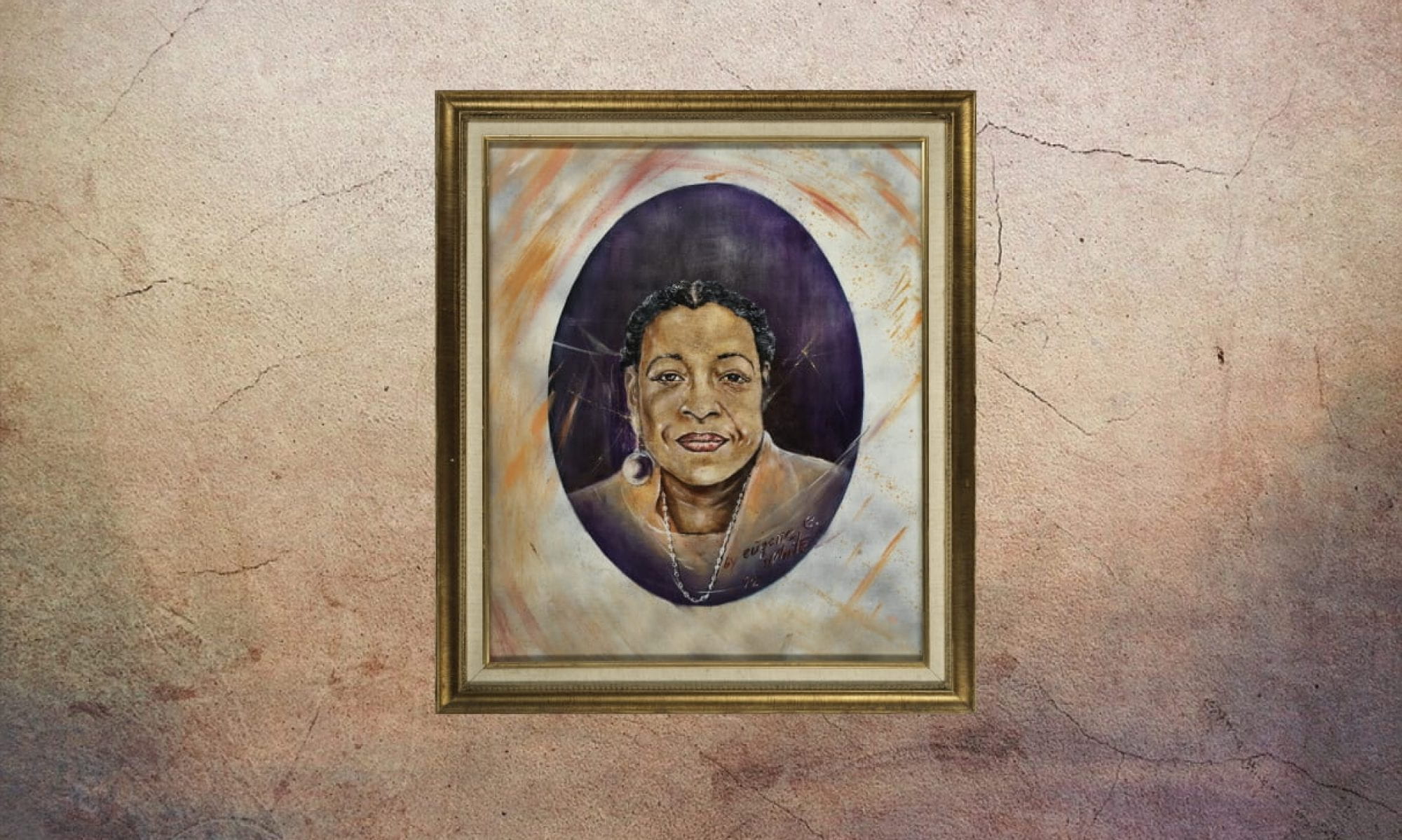
Judge Joseph Gamble Kennedy was born in Tennessee and earned his B.A. in his home state. His career first started as a teacher and then he served as a Second Lieutenant in the Air Force during World War II. After the war, Kennedy moved to San Francisco and enrolled at Hastings College of Law. He earned his law degree in 1949 and quickly entered into private practice in the Bay Area. He was active in the NAACP, Democratic politics, and Methodist church groups when he first entered the political arena. He soon became the Assistant Public Defender of San Francisco and held the position for nine years before being named to the State Industrial Accidents Commission by Governor Pat Brown—the first African American to hold that position. He was later appointed as Municipal Court Judge from 1969 until his election to the Superior Court Bench in 1972. Judge Kennedy usually dealt with cases in areas such as the Tenderloin. Judge Joseph Kennedy’s passion for justice in many aspects helped him gain popularity and respect. Although he was not the first African American presiding judge of the Municipal Court (the first being John W. Bussey in 1960), he won many awards and was recognized for the work he did for his community. On December 3, 1971, Kennedy was honored by the federal government for exceptional service in community action as the chairman of San Francisco’s Economic Opportunity Council (EOC).
He also served as the President of the San Francisco Council of Churches, the President of the EOC, Chairman of the War on Poverty Agency, and he was involved with the NAACP. Judge Kennedy was a civil rights advocate, a civil leader, and a grand jurist who provided efficient and purposeful programs to the city to help low-income residents of color.
Safety and protection for San Franciscans was his priority. The San Francisco EOC’s purpose was to combat poverty by creating programs that help the poor and focus on moving to eliminate the causes, conditions, and impact of systemic poverty. The EOC program helped branch out the War on Poverty program in San Francisco, which Judge Kennedy and Attorney Gardiner Johnson helped run. Judge Kennedy was the chairman of the War on Poverty program while Attorney Gardiner Johnson served as the president. Kennedy made sure that disadvantaged communities received fair treatment and representation, regardless of their socioeconomic status. Judge Kennedy told the council’s executive committee he also planned to reorganize two Economic Opportunity Council departments.
Kennedy wanted a budget of $4.6 million but he knew it was unrealistic. The EOC had asked for $750,000 in federal funds to provide summer jobs and had received only $508,000. Judge Kennedy worked with what the EOC had received. Kennedy also wanted to focus on the youth of San Francisco through the EOC and opened a recreational center, the Girl’s Club. Kennedy accepted $875,000 in federal funds to launch all-year Head Start programs for 600 children. Kennedy was also granted $825,000 to provide summer work programs for about 1,500 high schoolers.
Although Judge Kennedy had great intentions when taking on these projects, the heavy stress took its toll. Kennedy tried to help every citizen in San Francisco but due to low-budget federal grants, he could not reach as many community members as he wished. Kennedy quit the EOC during a stormy session when a crowd of Bayview–Hunters Point youth disrupted an EOC executive meeting (Johanesen). Shortly after, however, many members of the EOC successfully convinced Kennedy to come back. While the EOC ultimately lasted about six years, it brought many significant positive changes.
The Alumni Association of UC Hastings Law College presented its 1972–73 Award of the Year to Judge Kennedy in recognition of “his outstanding service to the legal profession and his unending contributions to the cause of humanitarianism.” At the awards ceremony, Judge Kennedy remarked: “I believe I can contribute [most] on the bench. The bench must be completely representative if it is to offer justice to all our citizens. There must be true representation of the community in which we live—not to slant the law but to offer a different dimension to it.” Kennedy was also recognized for his significant contributions to the Hunters Point Girls Club, the Zoological Society, the Friends of Park and Recreation, the Council of Churches, the Friends of Langley Porter, and the NAACP.
Kennedy died in April 1979 at the age of 62 from emphysema. Thanks to the many things he accomplished during his life, the Judge G. Kennedy Foundation was created. The objective of the foundation is to provide a scholarship fund which recognizes student achievements—especially those who are less advantaged in the Bay Area. His legacy lives on both in his foundation, his remarkable changes to the EOC, and as a changemaker featured on the Inspiration murals.
— Ashley Cruz, Ceejay Garcia, Madison Owens, and Sophia Tarantino
Works Cited
“A Change on Head Start.” SF Examiner. 18 May 1967.
Hastings Alumni Bulletin Vol. XVIII, No. 2 (1974).
Johanesen, Harry. “ ‘I’ve had it’—Kennedy resigns as EOC Chief.” SF Examiner. 29 Aug 1968.
Judge Kennedy’s Christmas Message. SF Examiner. 1968.
“Lack of Staff Controls Hurts Poverty War.” SF Examiner. 9 Aug 1967.
